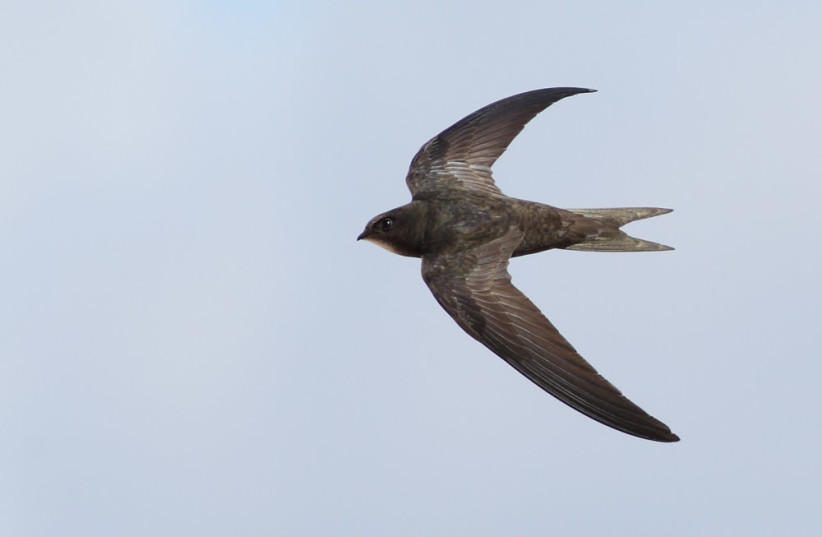Reduction of commotion from people during the COVID-19 lockdowns may have given birds a way to use a wider range of habitats in large cities, according to a study led by researchers from the University of Washington.
The peer-reviewed study, published in the journal Scientific Reports on Thursday, also states that the likelihood that birds were to be found in developed urban areas and in less-developed green spaces is the same.
“Our findings suggest that some birds may have been able to use more spaces in cities because our human footprint was a little lighter,” said Olivia Sanderfoot, a doctoral researcher at the University of Washington School of Environmental and Forest Sciences.
Scientists that participated in the study went to parks or their own backyards to record birds they observed for around 10 minutes at least once per week during the Spring of 2020. Over 6,600 surveys were analyzed from 367 volunteers at 429 monitoring sites "using occupancy models for 46 study species," the study said.
“Our findings suggest that some birds may have been able to use more spaces in cities because our human footprint was a little lighter.”
Doctoral researcher Olivia Sanderfoot

Findings
In the Pacific Northwest, black-capped chickadees, great blue herons and downy woodpeckers were among the species of birds with the strongest behavior changes, out of the 46 species of birds that the researchers chose to focus on, according to the study.
When human activity increased after a few months into the pandemic, sightings increased of bird species. “The birds may have been elsewhere at the height of the lockdowns, because human activity wasn’t as much of a disturbance, but then returned to those vegetated areas as the activity increased again,” Sanderfoot said.
